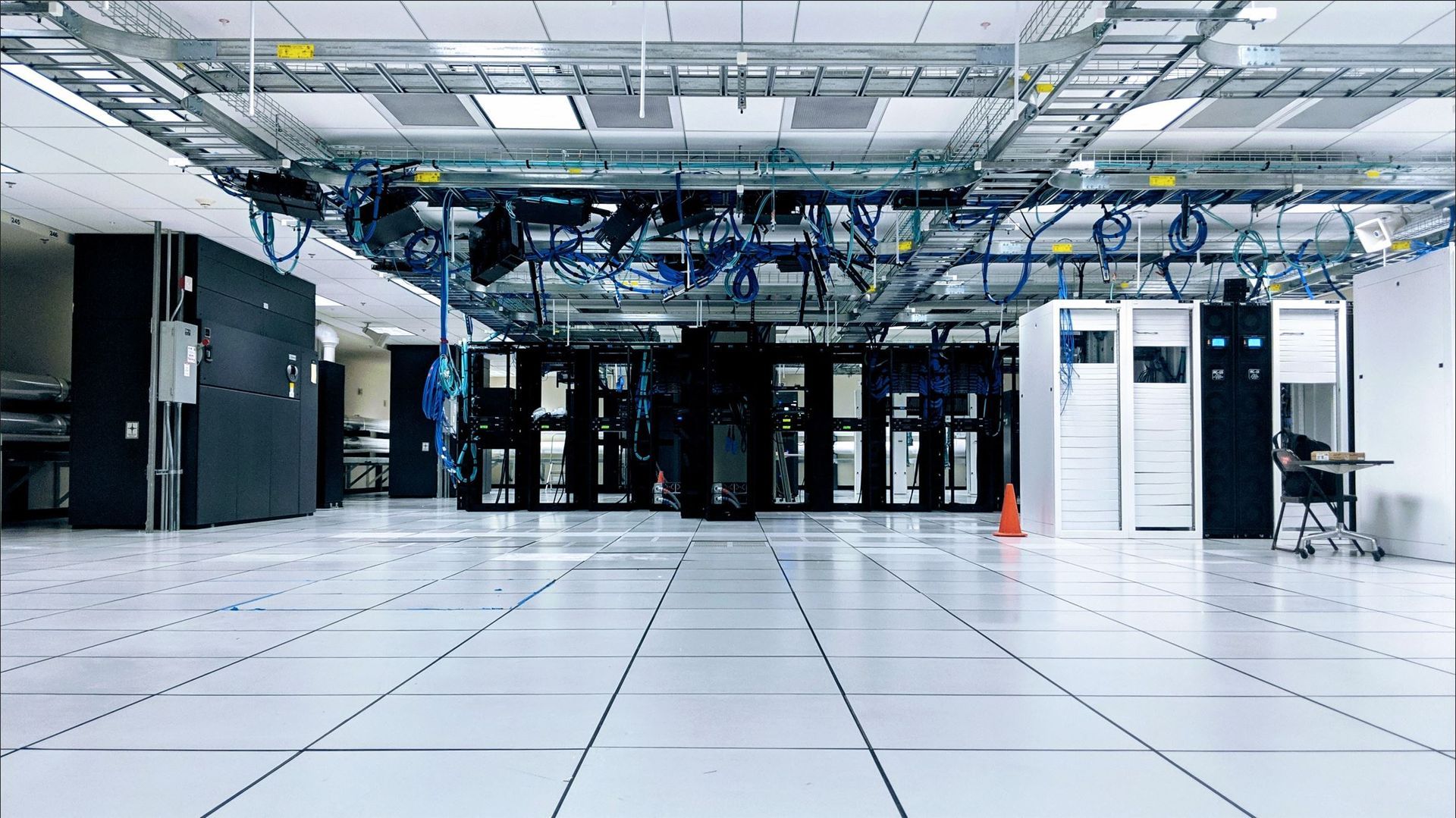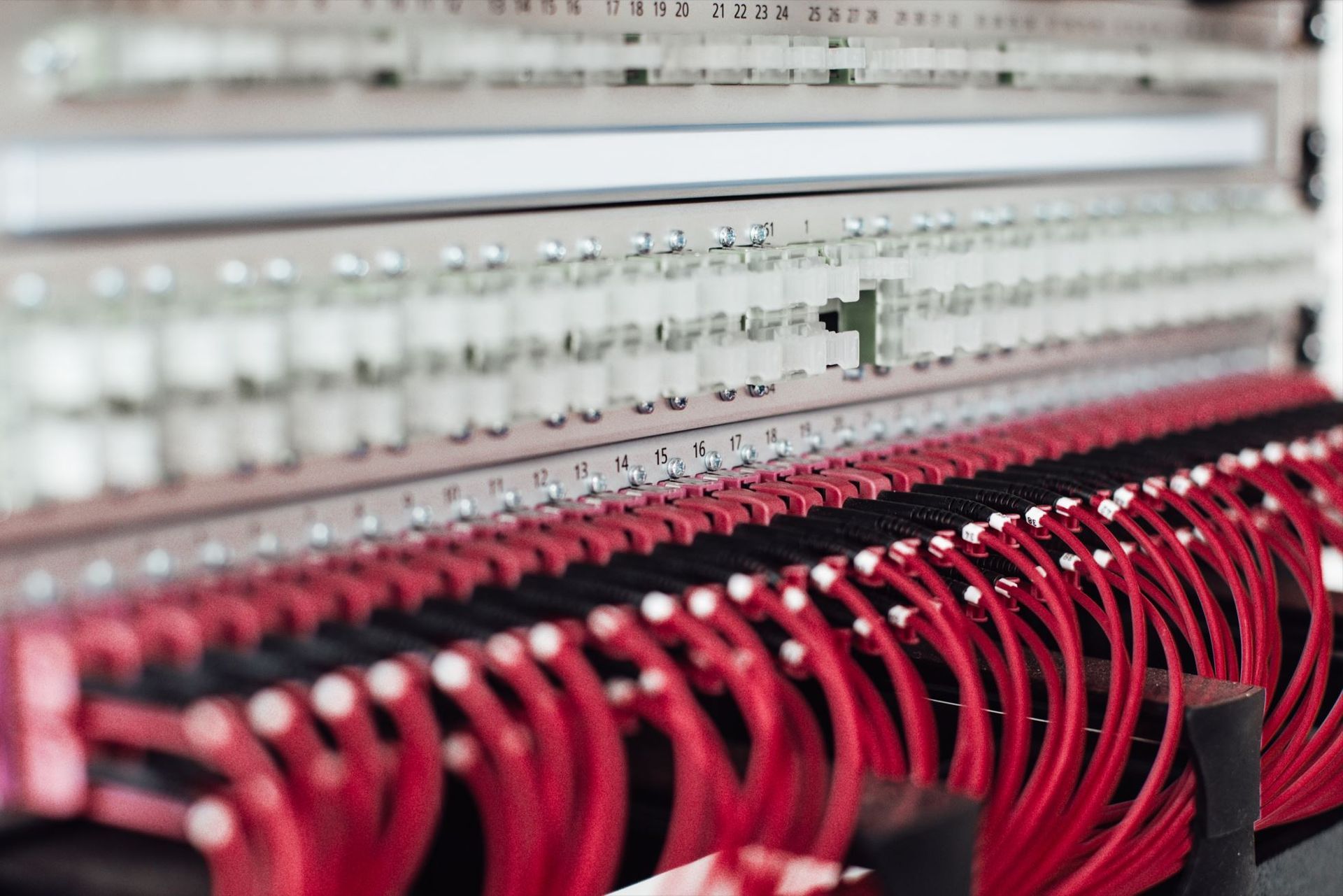Supply Chain Issues: Microprocessor Challenges, Solutions, & Opportunities
Gain Deeper Insight About the Covid-19 Caused Supply Chain Issues in Regard to Microprocessors & Microchips

This post has been slightly adapted to a blog post from an APA paper written by the author. Download the APA paper here!
Executive Summary ~1 min
This comprehensive blog post synthesizes a deep analysis of supply chain issues associated with the microprocessor industry, focusing on three sectors severely affected by microchip shortages: car manufacturing, computer component manufacturing, and home appliance manufacturing. These industries were experiencing critical challenges due to the imbalance between the supply and demand of specific types of microprocessors, especially Last-Generation Nodes and Legacy Nodes, highlighting the necessity for forward-looking strategies.
Microprocessors, also known as microchips, have been exponentially increasing in production since their inception in the late 1950s. Dominant companies such as Apple, Intel, TSMC, Qualcomm, Samsung, and GlobalFoundries produce these chips in three categories: Bleeding-Edge Nodes (most advanced, energy-efficient, and powerful), Last-Generation Nodes (still modern with lower cost), and Legacy Nodes (low computational power, less efficiency). While chip manufacturers primarily focus on advancing Bleeding-Edge Nodes, a surge in demand for everyday products reliant on Last-Generation and Legacy Nodes caused a significant strain on existing production lines.
The automobile industry, dependent on Legacy Nodes, has been hit hard, with traditional manufacturers like Ford and General Motors struggling, while Tesla fares better due to its reliance on Bleeding-Edge Nodes. In the computer components industry, GPU (Graphical Processing Unit) shortages persisted, driven by the crypto boom and high demand from consumers. The home appliance industry also faced shortages due to a sudden increase in demand for smart home devices and appliances during the Covid-19 pandemic.
Proposed solutions include increasing manufacturing capacity for all chip categories, as per the US Chip act, and encouraging industries heavily reliant on Legacy Nodes to upgrade to newer chip designs. This blog post also identifies opportunities for companies willing to invest in Last-Generation and Legacy Node manufacturing capabilities. As demand for these chips continues to rise, the door is open for potential players to enter the microchip supply market. The current environment, coupled with potentially significant financial incentives, makes it an ideal time to contribute to the mitigation of these supply chain issues and make a valuable impact on affected industries.
Supply Chain Issues: Microprocessor Challenges, Solutions, & Opportunities ~5 min
This paper is going to focus on the supply chain issues in regard to Microprocessors, also called microchips, the effect that their shortage is having on the three most affected industries: Car Manufacturing, Computer Component Manufacturers, and Home Appliance Manufacturers, and how the world can move towards stopping these types of problems in the future.
Background of Microprocessor Manufacturing
Microprocessors have been increasing in the amount manufactured each year since their inception in the late 1950s. The current top companies that produce most of the microprocessors for the world are Apple, Intel, TSMC (Taiwan Semiconductor Manufacturing Company), Qualcomm, Samsung, and GlobalFoundries. There are three main subdivisions of microprocessors and microchips that these companies create: Bleeding-Edge Nodes, Last-Generation Nodes, and Legacy Nodes. Bleeding-Edge Nodes are that which have transistors around 1-14 nanometers big and are the most powerful and power-efficient chips created. Last-Generation Nodes are those that are older, but not obsolescent, and are around 15-75 nanometers in transistor size. The benefits of Last-Generation Nodes are that they offer lower-cost chips with lessened, but still modern computation capabilities. Legacy Nodes are those which have relatively low computational power and efficiency and are typically around 140-500 nanometers or bigger in transistor size and have been around for many decades.
Most chip manufacturers invest heavily into creating the smallest transistors as these are the future of computation and offer both the best computational power and power efficiency. Older chip foundries have kept their legacy and previous generation chip manufacturing capabilities, as they see use in products that do not require the latest and greatest technology, but they are not actively investing in expanding the capacities of these manufacturing lines.
Problems Creating Microchip Shortages
The greatest problems creating microchip shortages are the large and widespread use of Legacy and Last-Generation Nodes in products that we use daily. Things such as cars, cameras, smart home devices, fridges, microwave ovens, and more have many microchips in them. But they are not actively being invested in by chip manufacturers to scale supply with demand, instead relying on previously made manufacturing lines. When the demand for these everyday products surges, supply does not increase with it, and it causes a shortage until supply can catch up with the amount of demand without an increase in the production capacity for these chips. But as we have seen demand remains above the amount that chip makers can supply, there has been little to no relief for those that depend on these subdivisions of microprocessors.
Industries Affected By Shortages
Car Manufacturers
Car manufacturers have been hit hard over the past couple of years, and sales have seen a downturn because of it (Iliff, 2022). This is because modern cars are so reliant on microprocessors for everything a modern car does. From assisted braking, lane keep assist, and reverse camera technology, everything needs at least one small microchip to make it work properly. The average modern car can easily contain over 3,000 microchips inside of it, each assigned to its own specific task (Staff, 2021). Even though we have seen a return in large part of microchips for computer components, we have not seen as great of a recovery for automakers.
Automobile manufacturers rely heavily on older transistor nodes such as the aforementioned Legacy Nodes for their vehicles, as a simple chip for a backup camera does not need much computing power and does not need to be particularly power efficient. This is further proved by legacy car manufacturers such as Ford and General Motors being hit hard when it comes to chips shortages, while Tesla does not seem to have many issues with being able to source chips for their cars. This is because Tesla uses Bleeding-Edge node sizes, which foundries are more willing to expand and scale to meet growing demand, while Ford and General Motors use older node technologies that are not looking to be expanded but will be shrunk in the future.
Computer Component Manufacturers
At the beginning of the Covid-19 pandemic, we saw global shortages of microprocessors when it came to computer components such as CPUs (Central Processing Unit) and GPUs (Graphical Processing Unit). While we have seen CPUs come back into stock for a little over a year now, we have seen GPUs continue to be in a shortage for over two years. This is because coinciding with the pandemic were two main factors: a cryptocurrency boom, as well as we saw the release of the 30 series of Nvidia GPUs, which the vast majority of consumers were planning on upgrading to from their 10 series GPUs.
With the cryptocurrency craze going from 2020 through 2021 and into early 2022, miners were looking to profit from this boom by buying as many of the most powerful GPUs accessible to them. With the new Nvidia 30 series launch coinciding with the two-generation upgrade cycle of typical enthusiast consumers when it comes to GPUs, being at home with nothing better to do that game, and a crypto boom, we saw shortages lasting a little over two years while Nvidia created and sold tens of millions of these cards, more than they had ever produced in any previous generation.
Since these computer manufacturers are using the latest and greatest, Bleeding-Edge node processes, chip manufacturers were willing to scale their production to levels never seen before. Not only did Nvidia sell more than they ever had, but their competitors: Intel, Apple, Samsung, Qualcomm, and AMD saw the same meteoric increase in sales and demand across the board.
Home Appliance Manufacturers
Home Appliance manufacturers saw shortages and were affected by the overall chip shortages as well. Internet-connected smart home devices faired a little better than automobiles, as they tend to use newer nodes, falling into the Last-Generation category of size, but were not immune. As Covid forced more people into their homes, they looked for easy ways to upgrade their home experience by upgrading fridges, televisions, microwaves, toasters, smart speakers, and much more. This sudden increase in demand for almost all home appliances quickly dried up any stock that these device manufacturers had, and they all looked to source more chips from microprocessor manufacturers. But since they typically do not use the most advanced technology when it comes to chips, as this allows them to decrease costs greatly, suppliers of chips did not scale their supply to meet the increased demand, causing shortages.
Conclusion, Proposed Solutions, and Opportunities
As we see, it does not matter which process or node a company is relying on for their microprocessors, as when we see demand surge in all sectors, only the most advanced microprocessors will be invested in by creating new production lines which have the potential to be profitable for many years to come as opposed to Legacy nodes which are already being discontinued due to their age being multiple decades old.
Possible solutions are microchip manufacturers building more fabrication capacity for all production lines, like what is being proposed in the US Chip act, which is setting aside tens of billions of dollars for chip makers to build new manufacturing capacity in the United States (Canales, 2021). With an increase in all current needs for microchips, we will help to reduce the strain that is occurring in multiple industries. Another possible solution would be to force legacy chip users to move towards a newer chip design, as this would allow for more space in factories for last-generation production lines as well as making the chips in cars more energy efficient.
Opportunities are also available for firms who are willing to invest in creating more Legacy and Last-Generation chip manufacturing capabilities, as these are in high demand with little want from suppliers to continue with them as well as these being easier to produce than the much newer and smaller Bleeding-Edge nodes. As the increased demand for these chips does not seem to be stopping anytime soon (Staff, 2021), and there are potentially billions of dollars worth of incentives, it is the perfect time for a new player to start supplying microchips.
Thank you for reading my blog post! If you found any of this information helpful or know someone who would find it useful, please share it with them. Let me know what you think in the comments below. Consider joining my mailing list to keep learning as I continue to add value with more blog posts and articles about topics such as Information Technology Management and Marketing.
Once again:
This post has been slightly adapted from an APA paper to a blog post written by the author.
Download the APA paper here!









